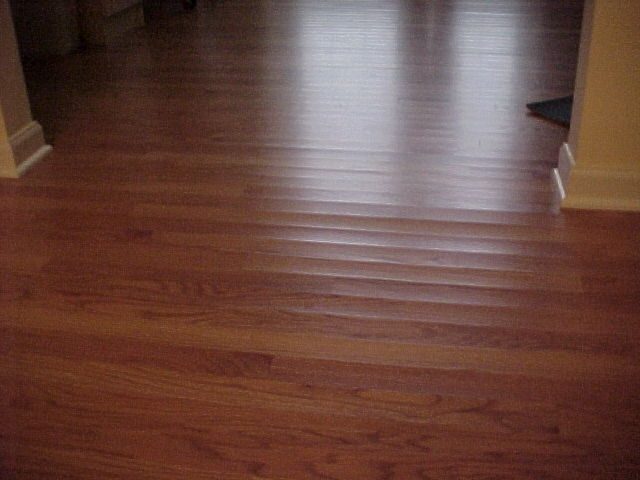
When you’re thinking of buying a wooden floor, one of the main considerations is moisture. Most people take all the necessary steps to avoid the risks of warping and cupping, from acclimatising the flooring to ensuring the room is well ventilated.
But do you know the impact that lack of moisture can have on engineered wood floors? It can be just as a big a problem as too much moisture and humidity, causing what’s known as “dry cupping”. Here at ESB Flooring, we explain what dry cupping is and how to avoid it.
What causes dry cupping?
Dry cupping is caused by low relative humidity (RH) and lack of moisture. Normally, when wood floors dry out, gaps appear between the boards. This is quite normal and the gaps generally disappear when the season changes and RH increases.
A more extreme consequence of low RH is dry cupping. It most commonly occurs with prefinished and engineered wood floors. When there’s an extreme imbalance in moisture, the top of the board can become drier than the bottom of the board. The two main causes are:
1. Excess moisture in the subfloor; or
2. Excessive drying on the top of the board
The thinner the top layer is, the quicker is likely to dry out. The top layer wants to pull away from the bottom layer but, because the bottom layer is securely fastened to the subfloor, the result is a cupped floor.
Other problems caused by a low RH are splits and checks in the floor. Splits are openings that go all the way through the board from top to bottom, while checks are smaller openings that won’t go the entire depth.
How to dry cupping
By understanding dry cupping, you can take the right steps to prevent it from occurring:
Check the relative humidity in the room where the flooring is being laid. Typical recommendations are between 30-50% RH with the ideal of 45%) and a temperature between 60-80 degrees Fahrenheit (15-26 degrees Celsius).
![]() Look for clues in other woodwork in the room, such as furniture. This will tell you how wood is reacting to the RH levels in the room.
Look for clues in other woodwork in the room, such as furniture. This will tell you how wood is reacting to the RH levels in the room.
![]() Keep humidity levels constant, whether they are on the low or high side. This is better than ups and downs in RH levels, as the wood is able to acclimatise.
Keep humidity levels constant, whether they are on the low or high side. This is better than ups and downs in RH levels, as the wood is able to acclimatise.
![]() Know the signs – the early signs of a cupped floor are the corners lifting or curling.
Know the signs – the early signs of a cupped floor are the corners lifting or curling.
For more information about engineered wood floors, maintenance and floor types, explore our FAQs or contact us.
| Mon-Fri | 8:00AM – 5:00PM |
| Saturday | 10:00AM – 4:00PM |
| Sunday | 11:00AM – 3:00PM |





.svg)
.svg)